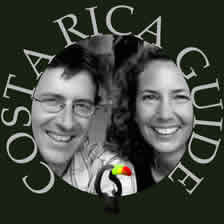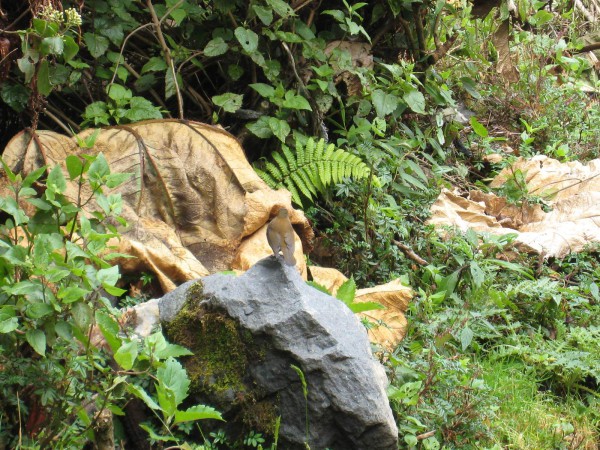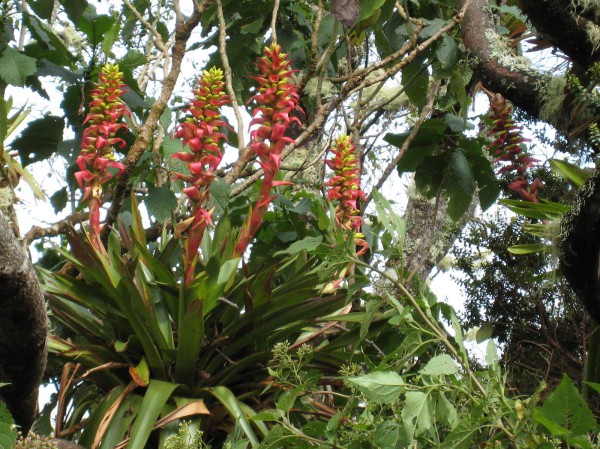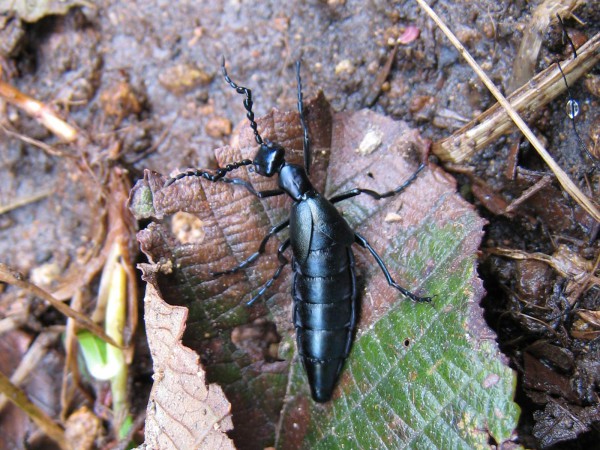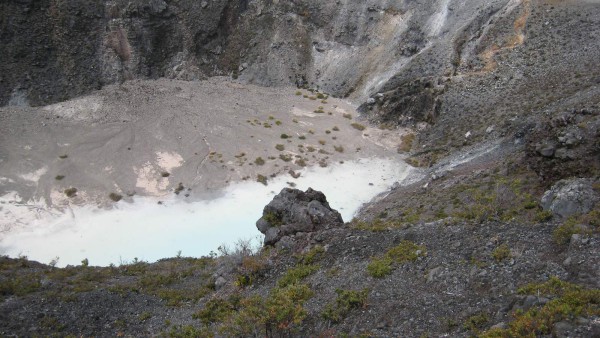The Lost Hikes at Turrialba Volcano National Park
UPDATE: November 2020 – Closed to the public due to high levels of activity for most of the past decade, SINAC announced the reopening of portions of Turrialba National Park as of Dec 4, 2020. New restrooms and overlooks have been constructed and in accordance with National Emergency Commission guidelines there are bunkers to shelter visitors if activity increases too quickly for evacuation.
The crater trails remain off limits but there is a proposal to re-open them to 4 groups of 35 visitors each day participating in a two hour hike accompanied by trained guides.
Local landowners are blocking access via the main entrance on route 417 claiming the road to the park is private. The matter is being litigated and there is no estimate when route 417 will reopen so SINAC recommends route 230 – the “Montecalas.”

It seemed insignificant when people were losing their farms to the ash fall from the eruptions of Turrialba volcano, but the Costa Rican national parks system suffered a big loss when they had to close the park and trails. It is one of Costa Rica’s finest and the trails in and around the craters were varied, beautiful and incredibly photogenic. Hopefully, with the re-opening of the visitors area and overlooks, the trail system will soon follow.
